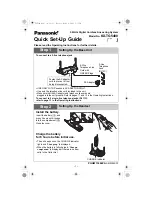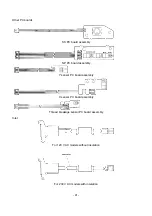Reviews:
No comments
Related manuals for PE-150

KX-TG5480
Brand: Panasonic Pages: 8

PLK-A2016F
Brand: Mitsubishi Pages: 61

B 60/10 C
Brand: Kärcher Pages: 55

RCM-1201TC-7S
Brand: Ricoma Pages: 49

336K125
Brand: Singer Pages: 15

HAKOMATIC B 90 CL
Brand: HAKO Pages: 42

STAC Vision 1.5
Brand: Zeck Audio Pages: 15

Aria BLAR
Brand: Baby Lock Pages: 200

HZL-30Z
Brand: JUKI Pages: 20

L 79485 FL
Brand: AEG Pages: 28

LAVAMAT 69470FL
Brand: AEG Pages: 28

WMY101444 LB3
Brand: Beko Pages: 64

WTV 7734XS0
Brand: Beko Pages: 58

WCB 78127
Brand: Beko Pages: 12

WMY 814832
Brand: Beko Pages: 27

WTAU12AW
Brand: Beko Pages: 11

WMB 81442 LW
Brand: Beko Pages: 44

WTL 10019 S
Brand: Beko Pages: 28



















